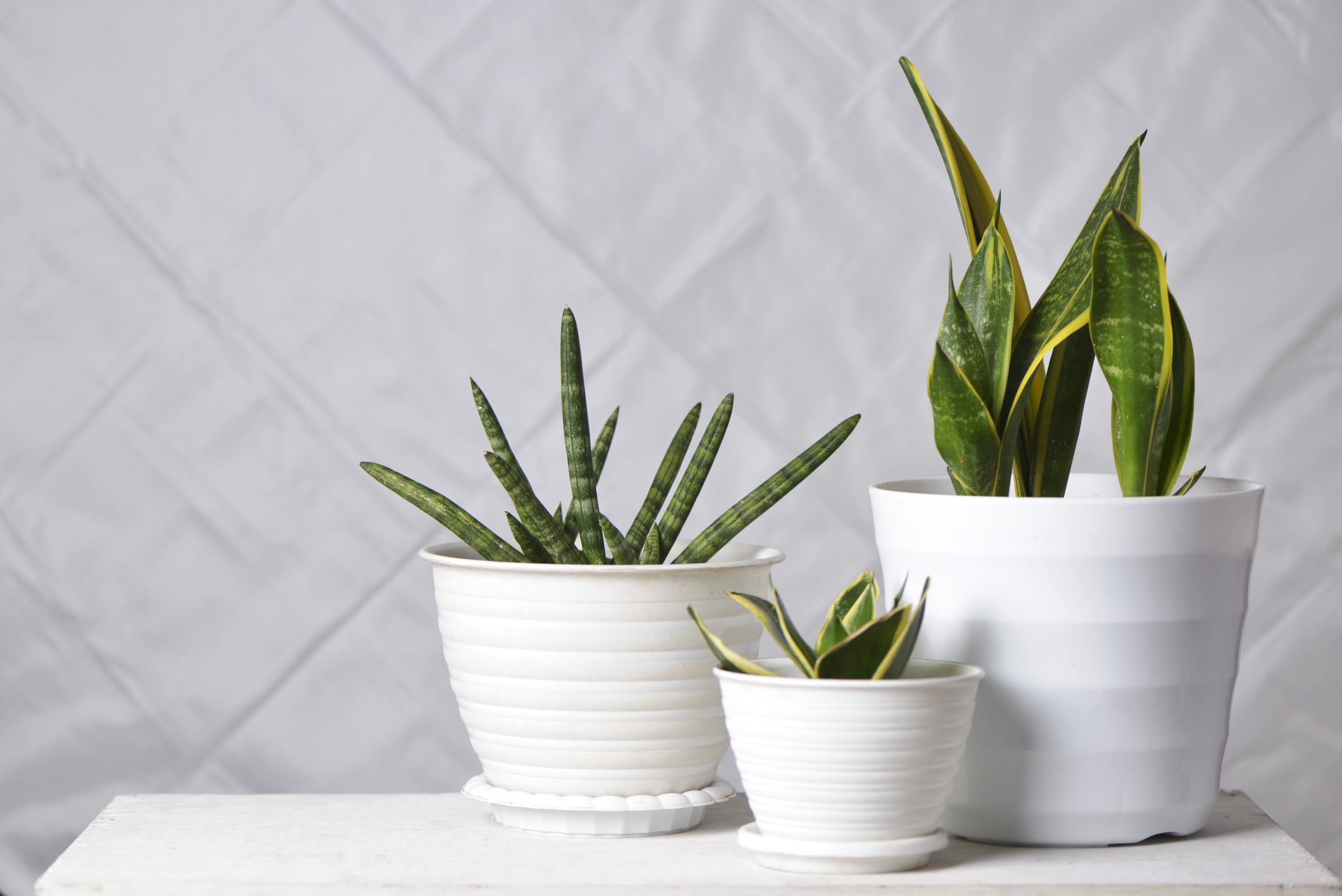10 Snake Plant Varieties To Elevate Your Indoor Plant Collection
Don’t let the name fool you - snake plants are friendly, beautiful, and easy to grow. Here are 10 of my favorites you may not have heard of.

Amy Draiss

There are over 70 species of snake plant varieties, also known as Sansevieria. Many are desert-type plants, but several are tropical foliage varieties. Many types of snake plants are too large for home cultivation but there are still numerous cultivars from which to choose for the home gardener. Snake plant care is incredibly easy, and their attractive sword-like upright leaves make them a popular selection for houseplants.
Unfortunately, the plant can be toxic to domestic animals, so if you have a nibbler, this plant may not be right for you.
Stunning Snake Plant Varieties
Snake plants have leaves that are broad at the base and rise up to a point. There are species with leaves just 6 inches (15.24 cm.) and those that can achieve 12 feet (.61 m.) in height. They are frequently found in malls, doctor’s offices, and commercial centers because they don’t require a lot of care and have stunning, architectural appeal. They can also handle the low light or artificial lighting situations of many of these locations.
- Hahnii: A dwarf form that has a rosette of leaves growing 6 inches ( 15.24 cm.) tall. There will be 6-12 deeply green leaves painted with a white stripe down the middle. There is also Golden Hahnii, with a broad yellow band through the center.
- Moonshine: A glorious plant with fairly broad leaves in silver-green with darker green at the margin. The plant should be in brighter light to retain the silver tones. In lower light, it is darker green. It may also be sold as Moonglow.
- Samurai Dwarf: Another smaller cultivar that is very adaptable and features thick, v-shaped leaves with red edges. The leaves can reach 6 inches (15.24 cm.) in length.
- Mother-in-law’s Tongue: This may be the most common form of Sansevieria. It is 3-4 feet (.91-1.22 m.) tall at maturity and has long leaves adorned with green variegation and gold edges.
- Shark Fin: This plant is also called Whale fin due to its broad, paddle-shaped leaves. Mature leaves are 10 inches (25 cm.) wide and 4 feet (1.22 m.) tall. Deeply green leaves sport cream spots and burgundy edges.
- Boncel: A short, stubby rosette with thickened, rounded leaves. Also called Starfish, the plant leaves spread out like a fan as they mature. The leaves have light variegated banding.
- Twisted Sister: Also called Gold Twist, this cultivar has curved, shorter leaves with yellow, gold, and green markings. It is fairly small at only 15 inches (38 cm.) in height.
- Silver Queen: A lovely snake plant with silver foliage bearing light green horizontal bands. The older leaves will tend to be darker and plants in low light will lose some of the silver as it turns green.
- Cylindrical Snake Plant: A very unique-looking cultivar with mostly erect slender, rounded leaves. It is also called African Spear and has tremendous architectural appeal.
- Goldband Snake Plant: Laurentii or Gold Band Snake Plant is an upright cultivar with a zigzag pattern of gold and green on its leaves.
Frequently Asked Questions

What is the best variety of snake plants?
Selecting the best is really subjective. The most common is probably Mother-in-Law’s Tongue. The cream and silver variegated snake plants are also widely available. Any of these is a wonderful addition to the houseplant collection and their broad leaves help clean the air of toxins and purify the home.
How do I identify my snake plant?
The leaves and size are the best cues to identify your Sansevieria. Each cultivar has been bred to exhibit certain leaf characteristics such as size, width, and colors. The color and the type of variegation are also a clue. Less known plants may even have curled leaves, paddle-shaped, spear-like, or even completely round.
Which type of snake plant is best for a bedroom?
Because these plants are low light darlings, almost any cultivar is suitable for a bedroom. It will depend somewhat on what side of the home the plant will reside since certain cultivars will lose some of their variegation in very low light areas. If the bedroom is on the northern side, choose a snake plant with minimal variegation but interesting leaves like Shark Fin or Cylindrical. In brighter bedrooms, a Mother-in-Law’s Tongue or Silver Queen would be right at home.
Sign up for the Gardening Know How newsletter today and receive a free copy of our e-book "How to Grow Delicious Tomatoes".

Bonnie Grant is a professional landscaper with a Certification in Urban Gardening. She has been gardening and writing for 15 years. A former professional chef, she has a passion for edible landscaping.
- Amy DraissDigital Community Manager